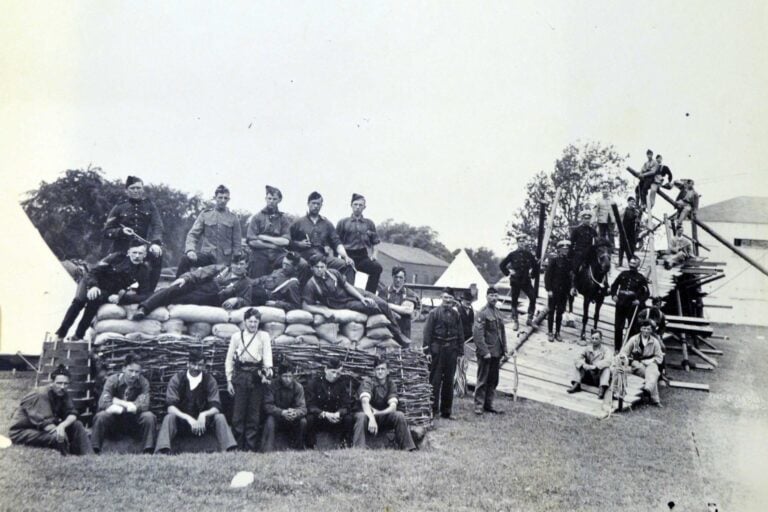As all my regular readers know, I believe the Town of Niagara-on-the-Lake requires a comprehensive set of architectural guidelines that is both descriptive and proscriptive, in which a Heritage Conservation Plan (for the entire town) would form an important part.
That said, let’s examine the current state-of-affairs with respect to heritage conservation:
Does the town have a comprehensive plan of this sort?
The answer is “No.”
Our town conserves its irreplaceable heritage through a combination of goodwill (from government, business and public), volunteerism, the province’s “Heritage Tool Kit”, the Ontario Heritage Act, and the Queen & Picton Streets Heritage Conservation District Plan.
Ah-hah, you say, we do have a community specific written plan for at least a part of NOTL!
That’s true and in 1986, when it was authored by Nicholas Hill, the plan was one of the most comprehensive that had been written in Canada to that time. Indeed, as I once again read its 203 pages, it struck me how well it had stood the test of the intervening 45 years.
Yes, it is outdated and missing some important details, but had it been used as basis for a “living” plan, it could have evolved into something quite remarkable.
If the 1986 Conservation District Plan had been complemented by evolving parameters set under the auspices of the municipal heritage committee, corrected to reflect new historical research as it was published, heritage detailing added when it became available, and adjustments made in consideration of the ever-burgeoning tourist trade on the heritage streetscape, we would now be in possession of a truly sweeping Heritage Conservation Plan which might have encompassed the entire Town.
Unfortunately, this would have required the same type of political will and foresight as would have been required to adopt the 1986 Plan’s recommendation for the establishment of satellite parking lots in order to keep tourist vehicles from lining our residential streets. Neither the parking lots nor a “living” plan happened.
Subsequently, in 2016, a draft for a new Heritage Conservation Plan was published. In my opinion, this document is significantly inferior to the 1986 plan. For example, given the proposed new parameters, I could design and build a 21st-century Modern house within the Heritage District. Thankfully it was shelved.
Our need for a truly encompassing Heritage Conservation Plan remains critical. Without one the conservation work of Hill, Stokes, Chapman, et al. could be lost. Our town has the talent, the expertise and the skills. Do we have the will and commitment to save what we love?











